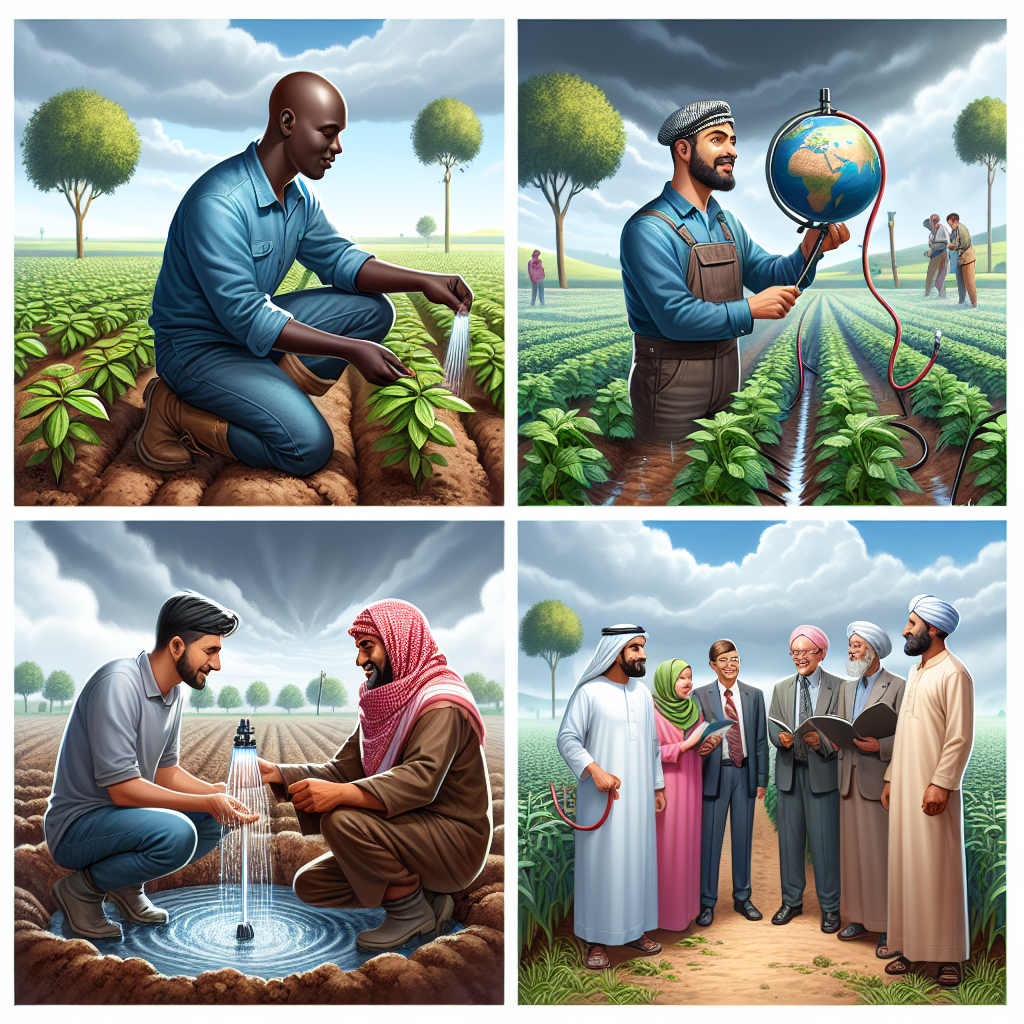Small-scale farmers face numerous challenges when it comes to irrigating their crops. Limited access to water sources, high costs of irrigation systems, and the labor-intensive nature of traditional methods all contribute to the difficulties faced by these farmers in effectively watering their crops. However, with the advancement of technology, slow drip irrigation systems have emerged as a viable and advantageous solution for small-scale farmers.
Slow drip irrigation systems work by delivering water directly to the roots of plants through a network of tubes or hoses with small holes or emitters spaced along their length. This method ensures that water is delivered slowly and evenly, allowing for maximum absorption by the plants and reducing water waste through evaporation or runoff. There are several advantages to using slow drip systems for small-scale farming operations.
One of the main advantages of slow drip systems is water conservation. By delivering water directly to the roots of plants, these systems minimize wastage and ensure that every drop counts. This is particularly important for small-scale farmers who may not have access to abundant water sources or who rely on rainwater harvesting techniques for irrigation. In regions where water scarcity is a significant issue, slow drip systems can help farmers make the most efficient use of available resources.
In addition to conserving water, slow drip systems also promote plant health and growth. By delivering water slowly and evenly, these systems prevent overwatering or underwatering, both of which can have detrimental effects on plant health. Overwatering can lead to root rot and nutrient leaching, while underwatering can cause stunted growth and decreased crop yields. Slow drip systems help maintain optimal soil moisture levels, ensuring that plants receive just the right amount of water they need to thrive.
Another advantage of slow drip systems is their flexibility and scalability. These systems can be easily customized to suit the specific needs of different crops or growing conditions. Farmers can adjust the flow rate or spacing of emitters based on factors such as plant type, soil type, or weather conditions. This flexibility allows small-scale farmers to maximize crop yields while minimizing input costs associated with irrigation.
Furthermore, slow drip systems are relatively low maintenance compared to traditional irrigation methods. Once installed, these systems require minimal upkeep beyond periodic checks for clogs or leaks. This reduces labor costs associated with irrigation and allows small-scale farmers to focus on other aspects of farming operations.
Cost-effectiveness is another key advantage of slow drip systems for small-scale farmers. While initial investment costs may be higher compared to traditional methods such as flood irrigation or sprinkler systems, the long-term savings in terms of water usage, labor costs, and improved crop yields often outweigh these upfront expenses. Additionally, many governments and non-governmental organizations offer subsidies or financial assistance programs for adopting sustainable irrigation practices such as slow drip systems.
Lastly, slow drip systems contribute to environmental sustainability by reducing water waste and minimizing soil erosion caused by excessive watering or runoff from traditional irrigation methods. By promoting efficient use of water resources and preserving soil health, these systems help small-scale farmers mitigate the impacts of climate change and ensure long-term viability of their farming operations.
In conclusion,
slow drip irrigation systems offer numerous advantages for small-scale farmers looking to improve efficiency in watering their crops while conserving resources and promoting sustainable agriculture practices.The potential benefits in terms cost savings,long term financial gains increased crop yields show clear advantages over traditional methods.Therefore,it is essential that more initiatives be undertaken by government bodies,the private sector organizations along with non-governmental organizations,to promote awareness about this technology,and support its adoption among small scale famers.This will not only benefit individual farming operations,but also contribute towards overall food security,resilience,and sustainability in our agricultural sector.













